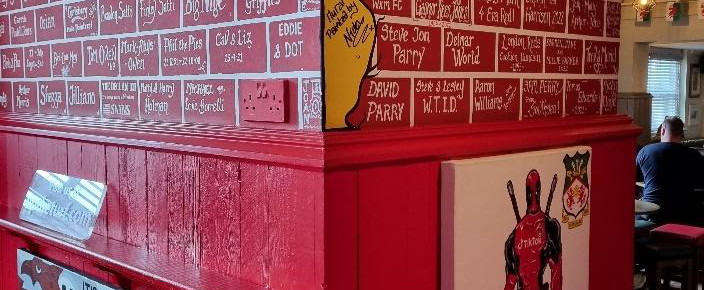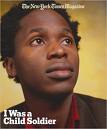Dish Towns USA (or Rural Screens) Part One
by: Joan Hawkins / Indiana University, Bloomington
The fact that rural dish users reside in the country whose culture—without the dish—is so frequently unavailable to them is one of the things we need to
take into account when we discuss audience.






